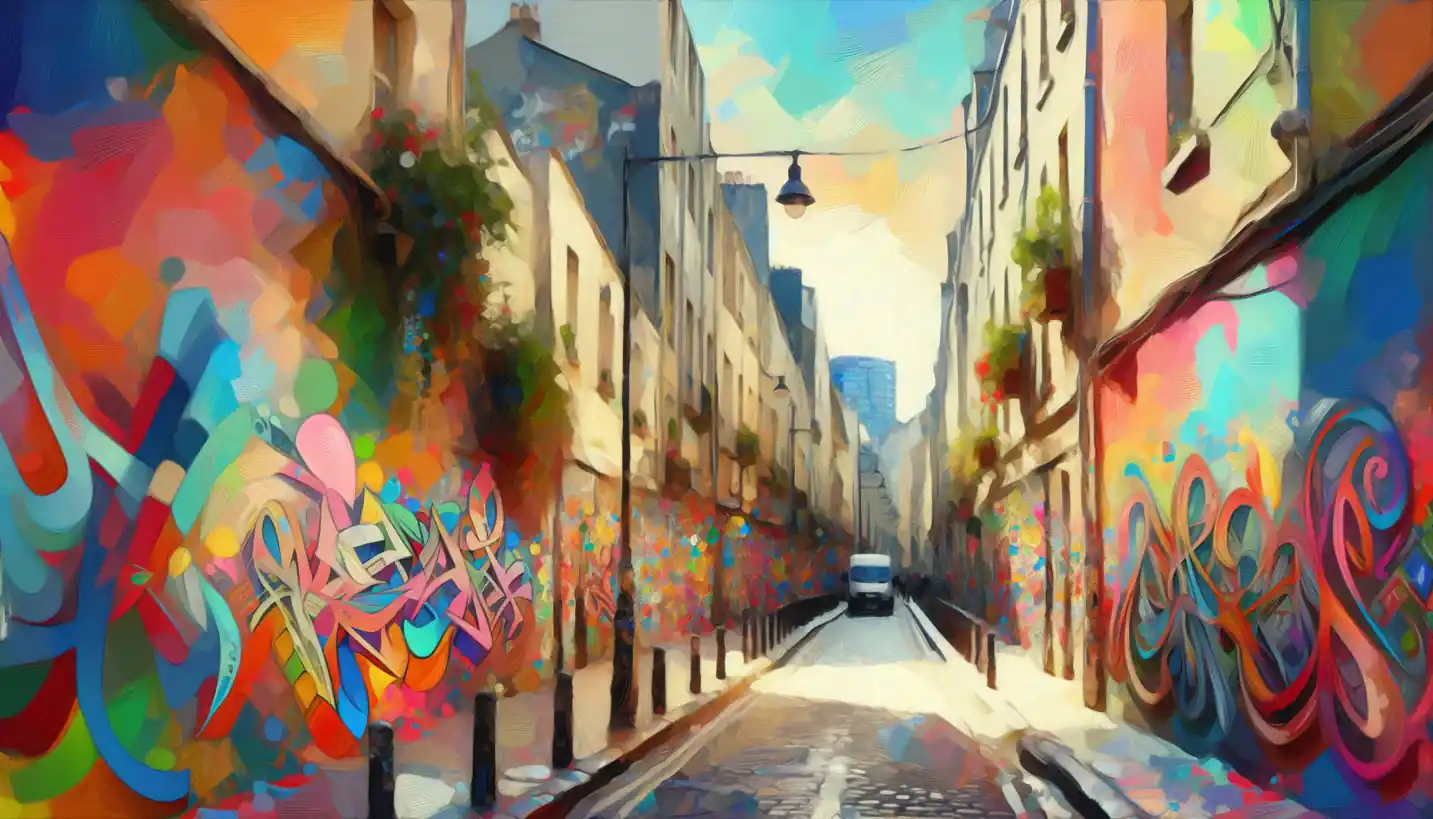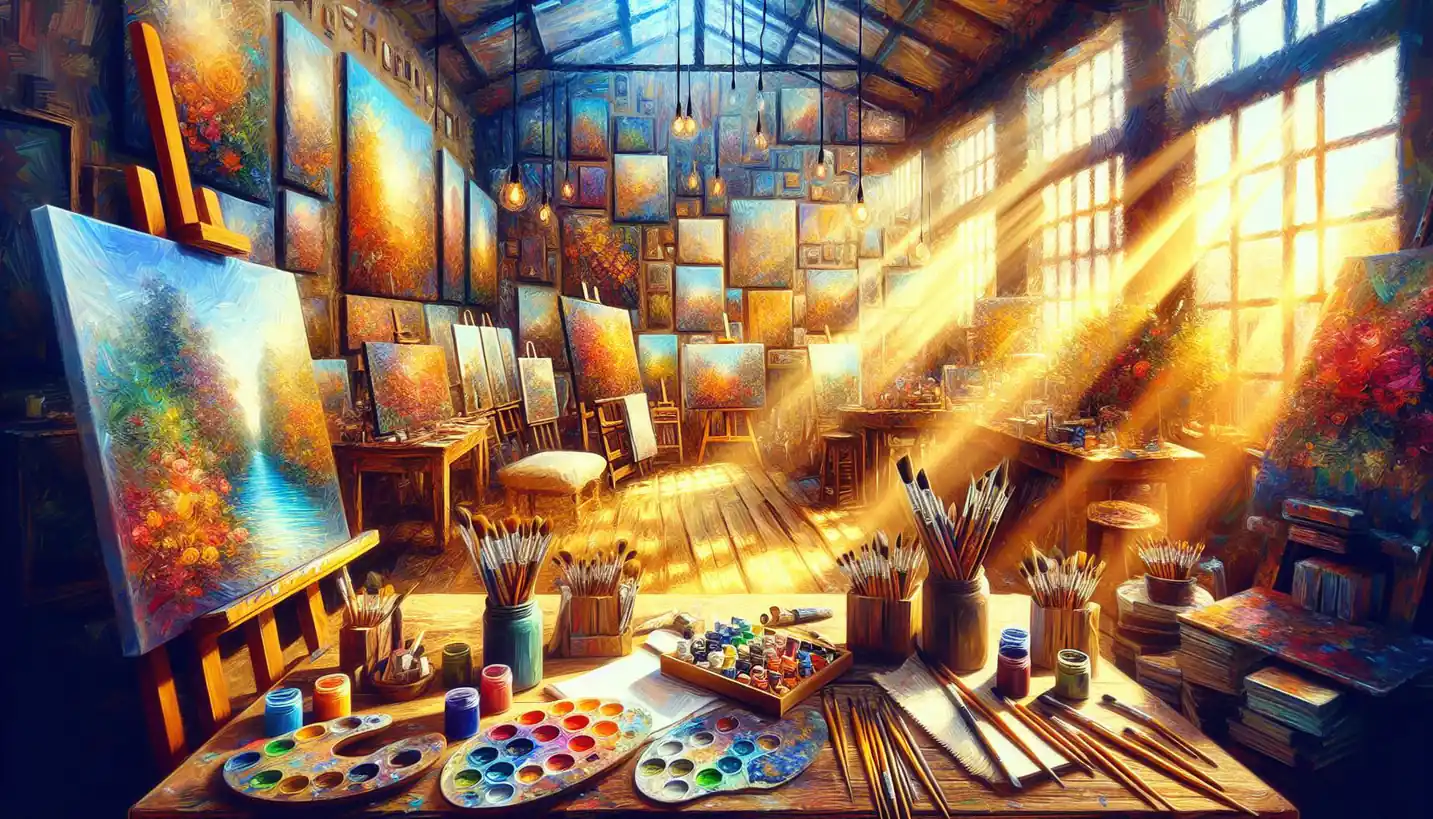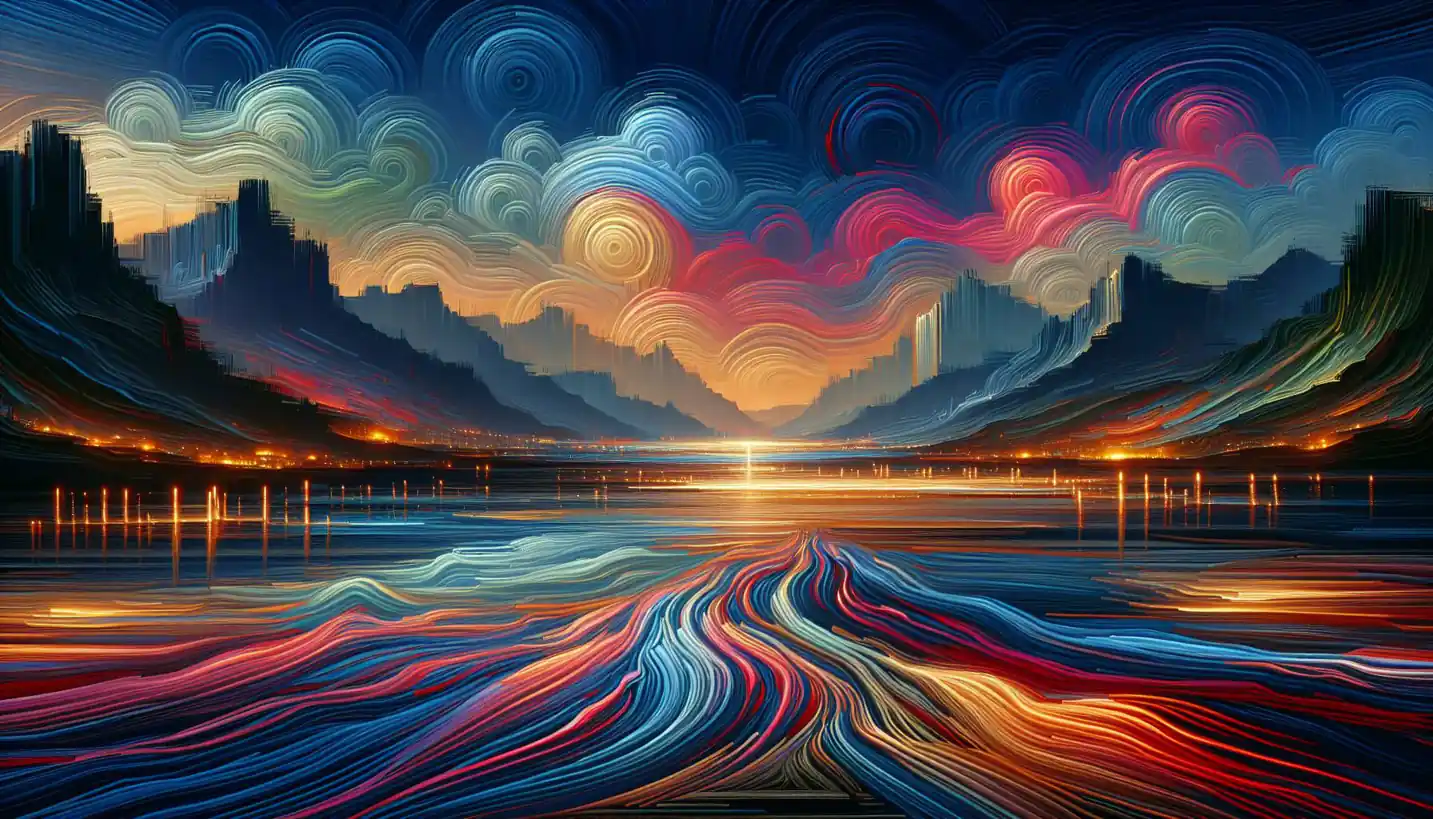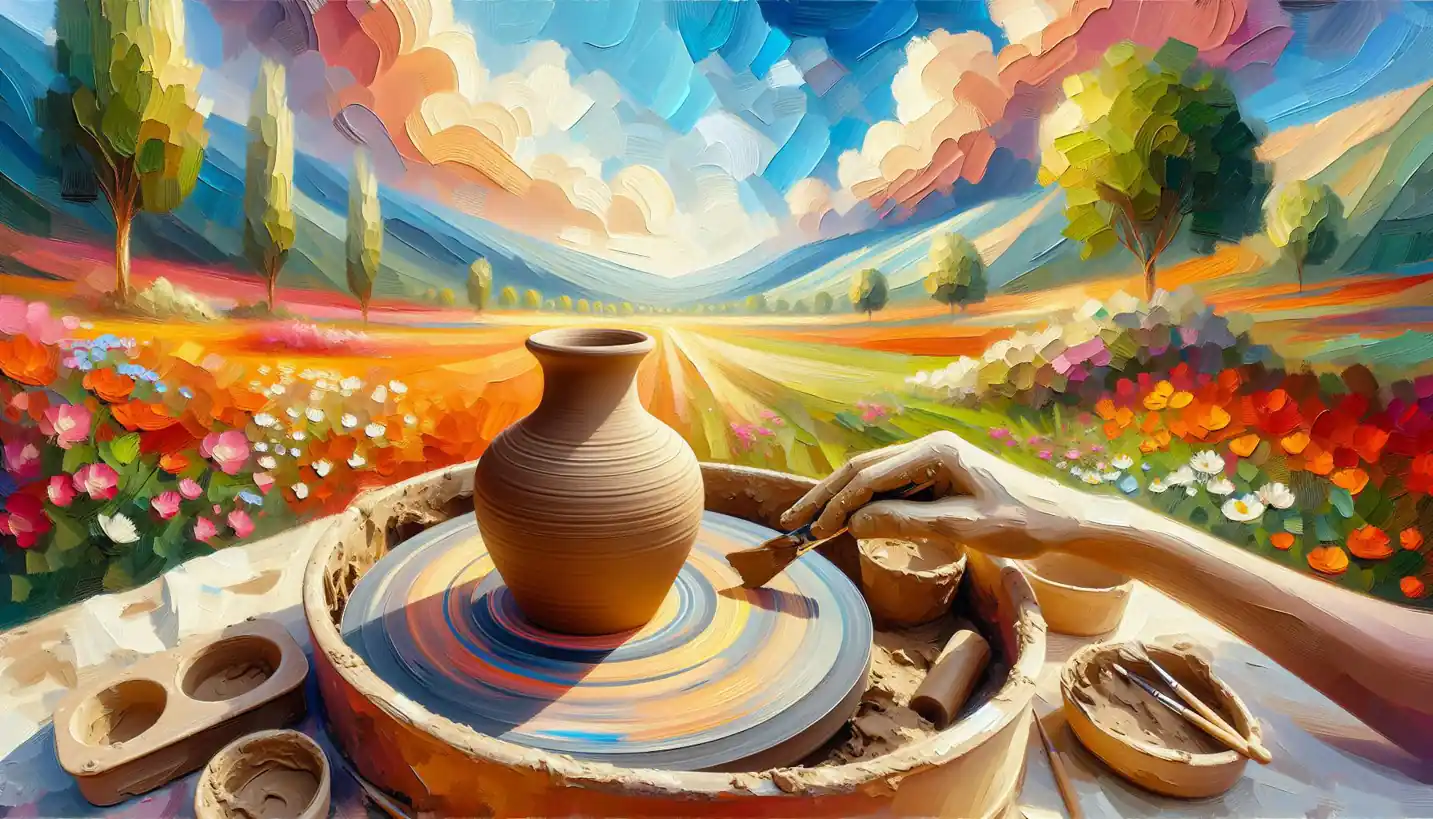· Art · 4 min read
Integrative Art Therapy: A Journey Through Creativity and Healing
Art therapy integrates creativity and healing, offering a unique journey toward personal growth and emotional well-being.

In the bustling world of modern therapy, there’s a fascinating approach called Integrative Art Therapy that’s making waves. It’s not just about painting or drawing; it’s about using creativity as a tool for healing, self-discovery, and personal growth.
What is Integrative Art Therapy?
Integrative Art Therapy combines traditional art therapy techniques with other therapeutic practices. It’s like weaving together different threads to create a stronger and more colorful tapestry. Therapists blend elements from various modalities like psychology, movement, and music, making therapy a multidimensional experience.
The Arts as a Universal Language
Art transcends language barriers. Think about a time when a piece of music moved you, or a painting caught your eye. Art has the power to evoke emotions and connect us on a deeper level. In therapy, this becomes a bridge to explore feelings that might be difficult to express in words.
The Healing Power of Creativity
Engaging in creative processes can be incredibly therapeutic. It’s like tapping into a hidden part of the brain where solutions or new perspectives might be waiting. For some, it may start with a simple doodle during a therapy session, which can lead to insights about their emotions or past experiences.
Historical Roots and Evolution
Art has been used for healing for centuries. Ancient cultures utilized artistic expression in rituals and healing practices. Fast forward to the 20th century, pioneers like Margaret Naumburg and Edith Kramer developed art therapy as a formal discipline. Integrative Art Therapy expands on their work by combining it with various psychological theories and practices.
How Integrative Art Therapy Works
During a session, a therapist might guide a client to explore their thoughts through painting, drawing, or even dance. But it doesn’t stop there. The integrative approach means that these activities are combined with discussions, mindfulness practices, or cognitive behavioral techniques to deepen the experience.
A typical session might look like this: A person comes in feeling anxious. The therapist invites them to express that anxiety through clay modeling. As they sculpt, conversations may arise around the artwork, revealing underlying psychological patterns.
Who Can Benefit?
Integrative Art Therapy isn’t just for artists. You don’t need to be Picasso to benefit from it. It’s suitable for people of all ages and backgrounds, including:
- Children dealing with trauma or emotional difficulties
- Adults experiencing depression or anxiety
- Families aiming to improve communication dynamics
- Corporations interested in creative team-building
Anyone looking to explore their emotions and foster personal development can find value in this creative journey.
Real-Life Stories
Consider Sarah, a young woman struggling with self-esteem issues. Through integrative art therapy, she began painting her dreams and fears. Over time, she discovered recurring patterns and symbols that spoke to her unmet desires and unacknowledged strengths. This exploration promoted self-compassion and confidence, transforming her life.
Meanwhile, in a different part of the world, a corporate team participated in an integrative art therapy workshop. They crafted a collective mural. This wasn’t just an art project; it was a metaphor for collaboration, leading to improved team trust and communication.
The Science Behind It
Why does art therapy work? Neurologically, creative activities activate both the left and right hemispheres of the brain, fostering new connections. This bilateral engagement can lead to emotional balancing and problem-solving boosts. When integrated with cognitive therapies, these effects may be amplified, offering a holistic healing experience.
Future Directions and Research
The field is still evolving, with researchers exploring how digital technologies like virtual reality might enhance Integrative Art Therapy. Imagine immersing oneself in a world created by their own drawings, offering a new dimension to therapeutic exploration.
Open-ended questions persist: How can we customize integrative art therapy for different cultural contexts? What are the long-term impacts on mental health across diverse populations? Continued research is essential to unpack these mysteries and unlock their potential.
Sparking Your Curiosity
Are you intrigued by the idea of integrating art and therapy? Perhaps next time you doodle or experiment with colors, you might see it as more than mere recreation. It could be a step toward understanding yourself better or finding a bit of solace in a chaotic world.
Why It Matters
Integrative Art Therapy is more than a trend; it’s a testament to the human spirit’s capacity to heal and grow through creativity. By integrating art with classical and modern therapeutic principles, it opens doors to new avenues of understanding mental health and personal development.
Whether you’re seeking personal growth or healing, or you’re just curious about the intersection of art and psychology, Integrative Art Therapy offers an engaging and profound pathway. As the lines between conventional therapy and creative practice blur, the possibilities for emotional and psychological healing expand, inviting everyone to explore the vibrant canvas of their own lives.


